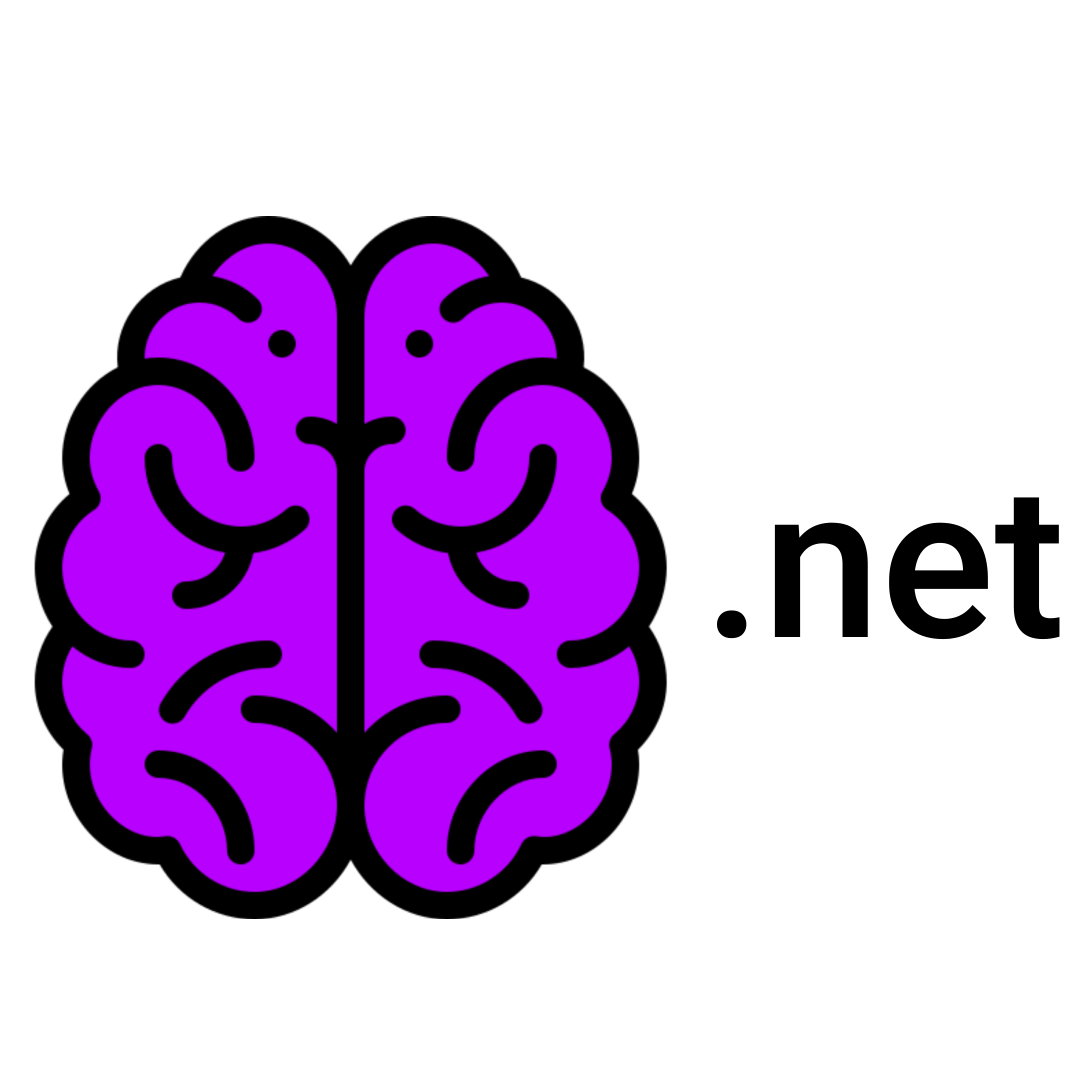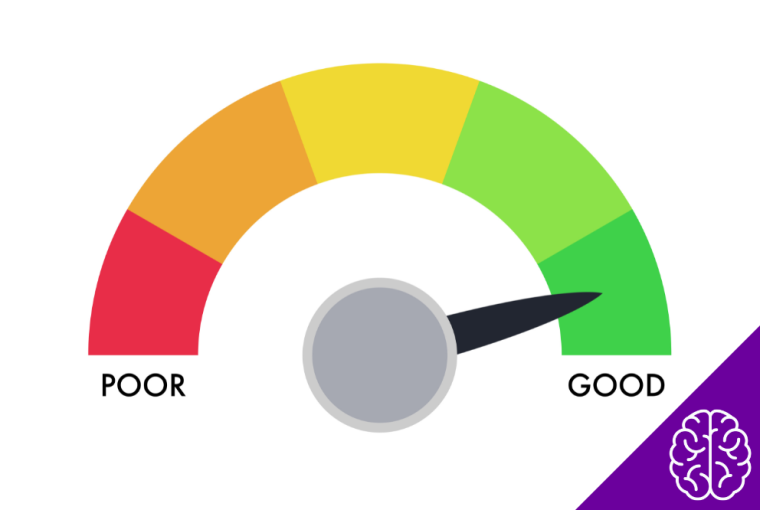Have you ever tried to get a credit card or loan and the company says it will evaluate your credit score?
After all, what is a credit score and how does it work?
Basically, the credit score is a number from 0 to 999 that represents how reliable you are in paying off your debts. The closer to 999 the better
But where did it come from and why does it influence your life so much? What is taken into consideration when determining the score?
The History
Before money even existed, the creditor already existed. Someone willing to lend goods in exchange for receiving a return plus interest in the future.
The issue is that in the past, communication was slow and weak, which encouraged bad payers to take money from several creditors and never pay, after all, creditors did not communicate.
From the 1950s onwards, the term credit began to take shape and lenders began to use calculations and systems to calculate the loan risk for each person. At this point, the search for centralization of information begins
But it was only in 1989 that the FICO Score was created, becoming the basis for calculating risk and trust for each potential client. It quickly became the credit industry standard and we still use variations of this same model today.
Components of a Credit Score
Payment History
One of the strongest points in determining a score is your payment history, including credit cards, loans and mortgages.
Late payments count negative points on the score
Credit usage
f you use your entire limit on your card and are always on loan, this clearly shows some type of lack of financial control. Low credit utilization is typically seen as a positive factor
Requests
Another thing that can count as a lack of financial control is opening or requesting several credit options in a short period of time. Any behavior that indicates some type of lack of financial control will have a negative impact on your score.
How It Works
Now that we have the components of a credit score, it is even easier to understand how it works
Data collection
First, the system searches for all credit information related to each customer. Much of this information is provided by banks and creditors, so all the information is centralized and companies have greater accuracy and confidence when releasing or blocking credit lines.
Data crossing
Whenever new information arrives, it is crossed with everything else that exists and thus the profile is created. The creditor companies themselves feed the system with data, further increasing accuracy.
Score Range
After all the data collected and crossed, the algorithms analyze and generate a number based on the trust that creditors have in relation to that user, this number is the Credit Score
It is extremely important that users, whether people or companies, know how the Credit Score works and know what can influence the score.
A higher score opens doors and can even reduce interest


